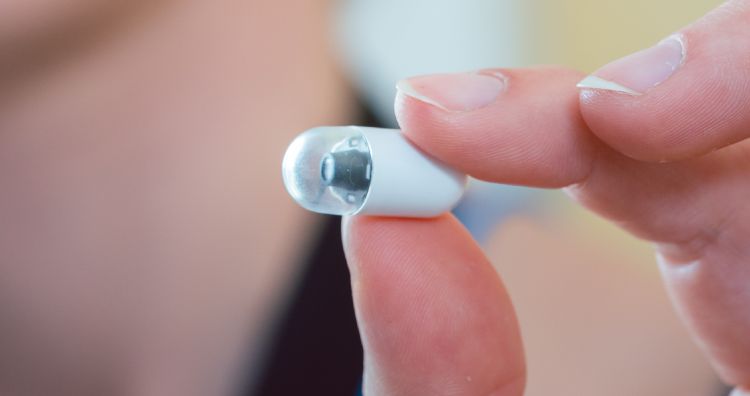This “Camera Pill” Can Take Pictures of Your Gut
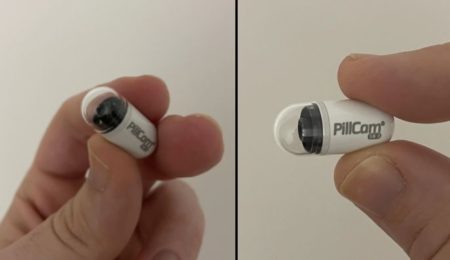
In February 2022, the BBC reported that 2,000 patients in Scotland had completed a bowel cancer screening test by simply swallowing a “camera pill.†Sounds pretty wild, right? A camera that you can swallow? However, this technology has been around for a while now and is constantly evolving for the better. So, what is the camera pill, and how does it work? Let’s find out!
The history of the “camera pill.”
The “camera pill†is a tiny, wireless camera endoscope that you can swallow. It was first conceptualized in the early 1980s by an Israeli engineer named Gavriel Iddan and an Israeli gastroenterologist named Eitan Scapa.
Initially, their design proved to be non-viable because of excessive power consumption and slow transmission times. But in 1993, Iddan was able to split the device into three parts with the help of a new camera setup that used less energy. This three-part system consisted of a camera and transmitter, a separate recorder, and a software component that processes the stored information.
In 2001, the U.S. Food & Drug Administration (FDA) approved the camera pill for use in patients. It then entered the field of clinical gastroenterology, where it continues to find extensive use.
How does a capsule endoscope work?
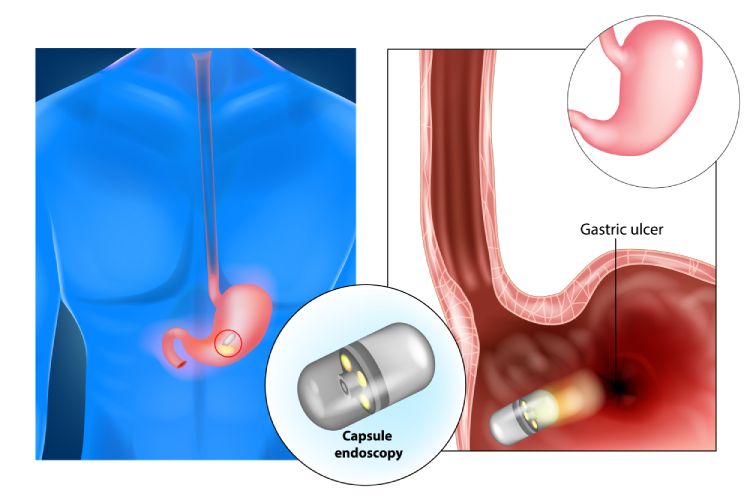
A typical pill camera is about as big as a vitamin tablet, making it easy to swallow. Once it is swallowed, it begins its fantastic voyage through your digestive tract and takes thousands of pictures of your innards. These images are then transmitted to a recording device that you can wear on your body, usually around the waist. At the end of the procedure, your doctor can download the images from the recorder and view the insides of your gut to make a diagnosis. Much like in a traditional colonoscopy, patients will also be instructed to follow certain preparatory procedures before beginning the test.
Meanwhile, the camera pill will pass through your digestive system as part of your regular bowel movements. And since it is safe to be flushed, you can simply dispose of it this way once it passes.
Not only is this procedure non-invasive, but it also has some great benefits.
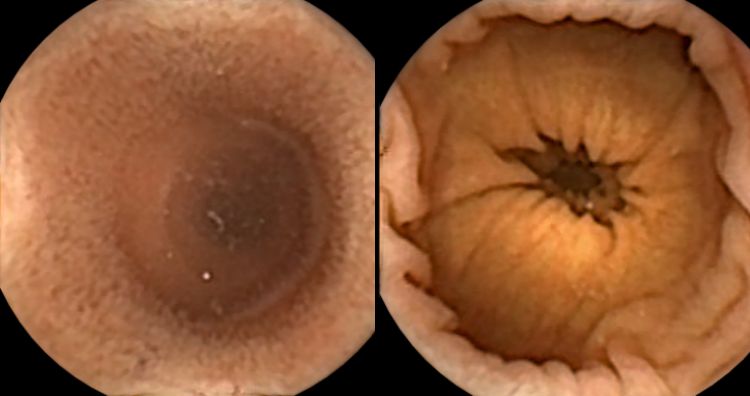
Being a minimally invasive procedure, capsule endoscopy reduces the need for sedation and improves patient comfort. Besides this, it has some clinical advantages as well.
For one, the camera pill allows physicians to take a look at the entire length of the small intestine, which can be difficult to view during a routine endoscopy or colonoscopy. Capsule endoscopy is also useful in detecting and evaluating conditions such as intestinal bleeding or Crohn’s disease.
Unfortunately, this technology also has some limitations. For instance, there is a remote chance that the camera pill could get lodged within the gut and require other means of removal. Also, capsule endoscopy does not give physicians the option of removing polyps for biopsy, unlike a routine colonoscopy or endoscopy would.
Finally, given the larger area of the colon (as opposed to the small intestine), camera pills may not be able to cover sufficient ground inside it. So, it may not be as useful in a routine colon cancer screening test.
Will capsule endoscopy replace regular endoscopies and colonoscopies?
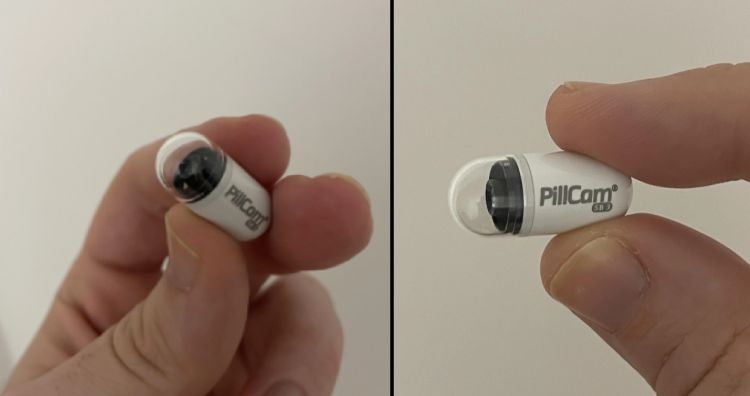
Currently, traditional endoscopies and colonoscopies are considered the gold standard for diagnosing GI tract issues. But in the future, with further innovations paving the way, capsule endoscopy could become a more widespread diagnostic tool. Thankfully, such innovations are already underway. As of 2014, researchers were working on a pill camera that could deliver medicines to targeted areas of the gut. There are also numerous kinds of pill cameras being invented and improved upon to view specific parts of the digestive tract.














